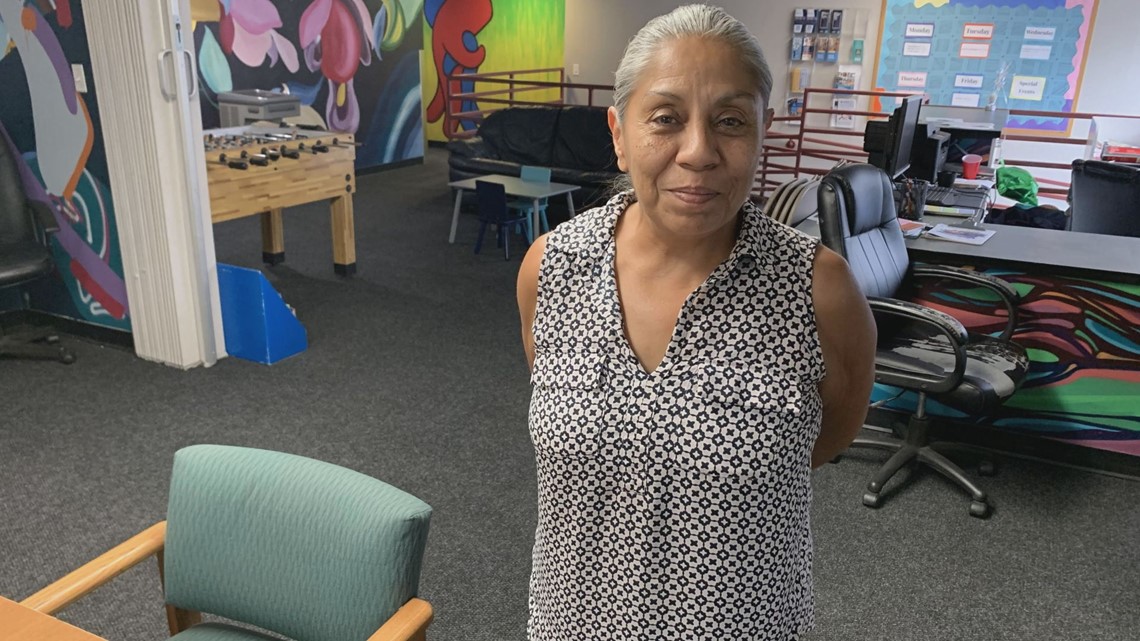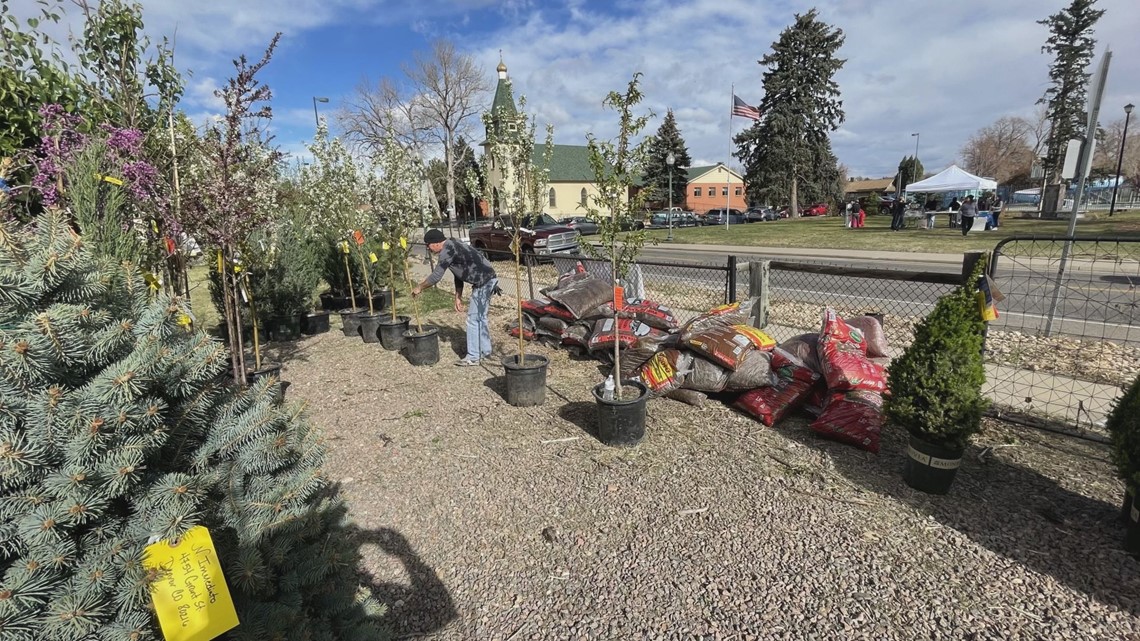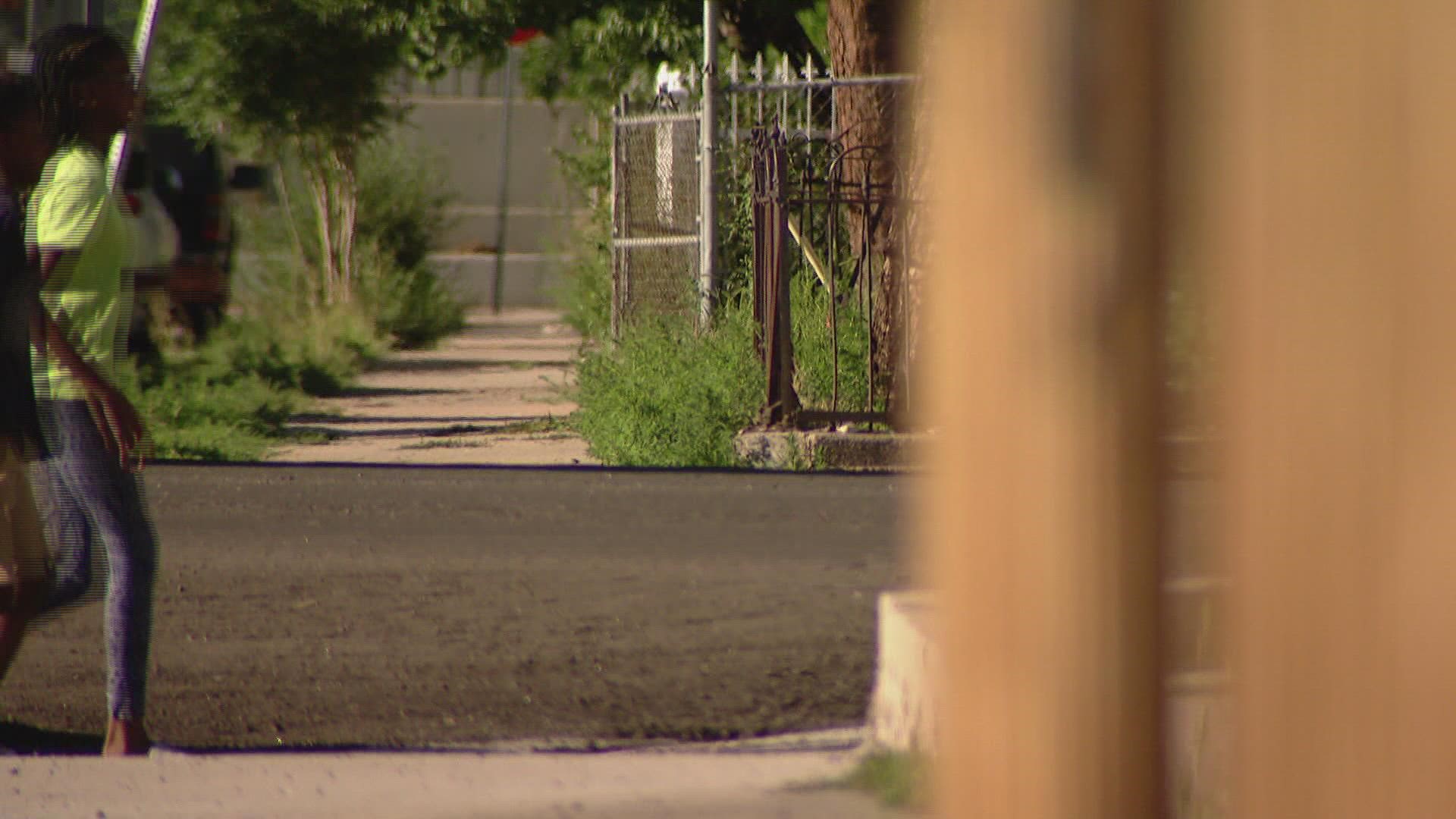DENVER — As Carla Padilla sits in a room at the Globeville Center, she reflects on her time growing up there with her family.
"Five generations," she said. "So it's been my grandma, my mom, me, my kids and my grandkids."
The longtime Globeville resident now helps manage the same recreation center in the neighborhood.
Recently, those in generations after hers came together to lay out top issues in the neighborhood.
"I think they see it in a different perspective than what adults see it," she said.
The list, compiled by around 25 youth, had plenty of concerns, including trash, a desire for less nightlife in the area, and the environment.
The effort continues to plant trees more around the neighborhood.
"Growing up here, it ends up being like a concrete jungle," Padilla said.


Denver's Department of Public Health and Environment measures heat vulnerability throughout the city and county. It reflects how factors in a community could create a greater risk of "negative outcomes" resulting from extreme heat events.
According to the latest map from the department, the census tract that much of Globeville falls in scored 87.4, which is in the "high" category for vulnerability to extreme heat.
Census tracts that include Elyria-Swansea and Montbello fell in the same rank with their heat vulnerability scores.
This means Globeville is likely to experience the effects of a "heat island."
The Environmental Protection Agency says heat islands are mainly in urban areas where buildings, roads and other infrastructure absorb and re-emit the sun’s heat more than natural landscapes such as forests and bodies of water.
While the EPA has said heat islands can be 1-7 degrees hotter than other areas during the day, advocates have said that number could be much higher.
"And so we feel sometimes things kind of fall to the end of the list, to where there is opportunities to add more of a tree canopy. But then you have to have the infrastructure," Padilla said.
Padilla is also part of the community group Globeville First, which in recent months has put on tree-planting events with other groups.


"We do map all the new trees that we put -- the type, the placement, the address," Padilla said.
Padilla said when they surveyed neighbors to see if they wanted trees planted, around 80%, she estimates, were interested.
One barrier, she said, was that not everyone owns their home.
In any case, she said they've implemented a strategy for where they're planting trees.
"And so we feel if we can do a grid process of blocks in the community, that we make sure methodically that our community is getting trees versus just random trees here and there," she said.
Dozens of trees were planted in the last few events, with more on the way at their next event on Sept. 24, in partnership with The Nature Conservancy.


Additionally, in 2020, Denver residents voted to raise local sales and use tax to create the Climate Protection Fund.
A spokesperson Denver's Office of Climate Action, Sustainability and Resiliency said the fund will provide money for tree planting in neighborhoods with the lowest tree canopy. More than 2,000 trees will be planted on private property in the next three years.
"Our goal is for these communities to be more resilient to a warming climate, which is especially important when considering a lot of these households also lack cooling," a spokesperson wrote via email.
SUGGESTED VIDEOS: Colorado Climate

